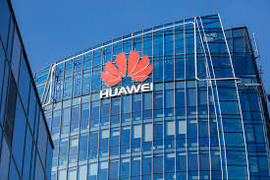3G 3GPP 4G 4GWE Android Apple ATT att Blackberry Cisco Clear Clearwire Comcast FCC Google Intel iPhone LTE LTE Advanced Microsoft Nokia Nortel Palm Paul Kapustka Qualcomm RIM Samsung Sidecut Reports Skype Sprint Stimulus T-Mobile Telefonica Verizon Verizon Wireless Vodafone White Space WiFi WiMAX Xohm
- September 2016
- June 2013
- May 2013
- January 2013
- December 2012
- November 2012
- October 2012
- September 2012
- August 2012
- May 2012
- April 2012
- March 2012
- November 2011
- October 2011
- February 2011
- January 2011
- December 2010
- November 2010
- October 2010
- September 2010
- August 2010
- July 2010
- June 2010
- May 2010
- March 2010
- February 2010
- January 2010
- November 2009
- October 2009
- September 2009
- August 2009
- July 2009
- June 2009
- May 2009
- April 2009
- March 2009
- February 2009
- January 2009
- December 2008
- November 2008
Featured Videos
Pages

















